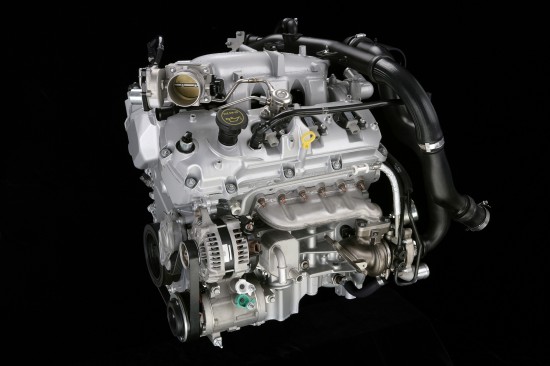There has been a great deal of talk about the future of
alternative fuels. From electric to natural gas to hybrids, it often seems that
the auto industry is only focused on moving away from fossil fuels and
combustion engines. But in fact that is not really the case. Major auto makers
like Ford know that while alternative energies heavily influence today’s
automotive landscape, the near future is going to demand traditional combustion
engines with increased fuel efficiency. In fact, federally-mandated CAFE
(Corperate Average Fuel Economy) standards for small passenger cars will increase
from today’s 36 MPG to 61 MPG in 2025. Therefore, industry leaders like Ford
will need to find a way to make a 100-year-old product nearly twice as
efficient in just 13 years.
To reach these goals and still make cars and trucks that people
want to drive – and can afford - Ford has designed a new line of engine, dubbed
the EcoBoost. These exciting new engines
help boost fuel efficiency by shrinking the size of the internal components –
while increasing performance through a combination of improved fuel injection
and turbocharger technology.
At Keats we know we are going to play a large role in this
push for greater fuel efficiency. We recently designed and built a new fuelinjection steel shield that is used in modern, fuel efficient combustion engines.
We’ve used four-slide and multi-slide stamping to manufacture 3,000,000 of
these custom cold rolled steel shields, which were created to help all
companies at the forefront of automotive manufacturing reach their lofty fuel
management goals. Because we are already at the center of this burgeoning
designing and manufacturing movement, Keats is well positioned to take full
advantage of the next 20 years in automotive innovation and change.




